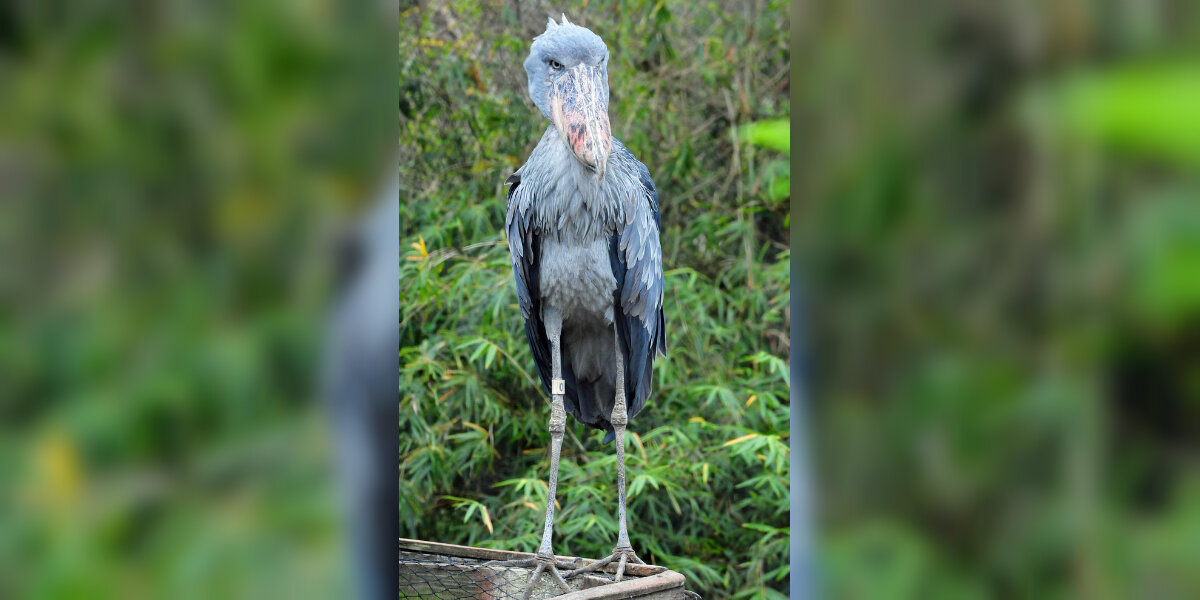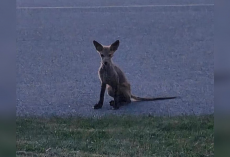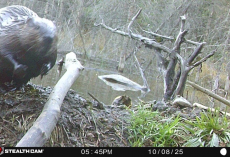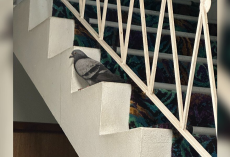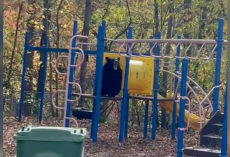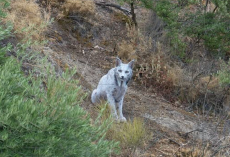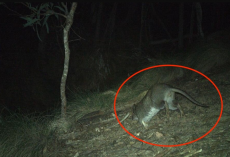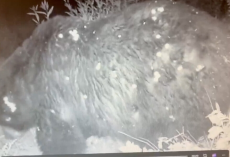Standing more than 4 feet tall with piercing yellow-green eyes and an oversized, shoe-shaped bill, the shoebill stork looks more like a mechanical creature from a movie set than a real animal.
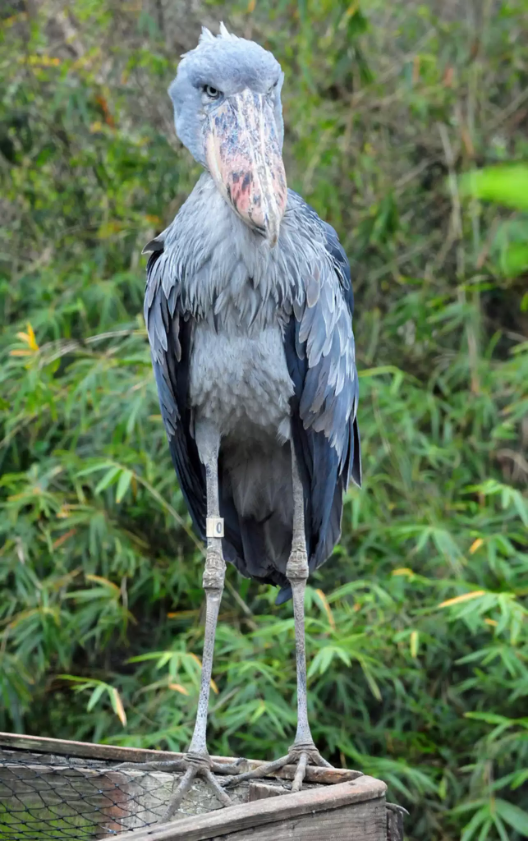
When they move their heads in sudden, jerky bursts, it almost seems robotic. But these striking birds are very much alive — and in the marshes of East Africa, they rule the wetlands.
Shoebills spend hours standing motionless at the water’s edge, waiting for the perfect moment to strike. With one powerful snap of their massive bill, they can capture their favorite prey: large fish.
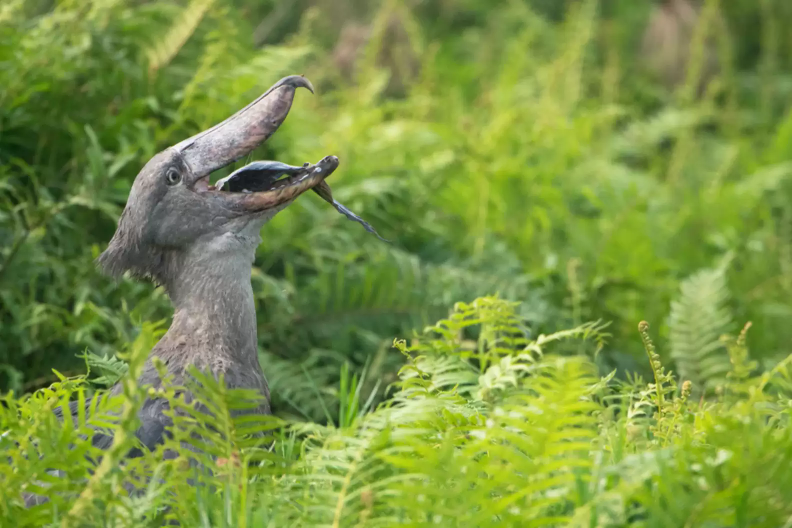
And despite their cartoonish grin, they’re skilled hunters, even taking down monitor lizards and young crocodiles when the chance arises.
Silent for most of the day, shoebills only make sound when clapping their bills together in greeting or communicating with their young.
Their silence, combined with their prehistoric look, only adds to their mystique.
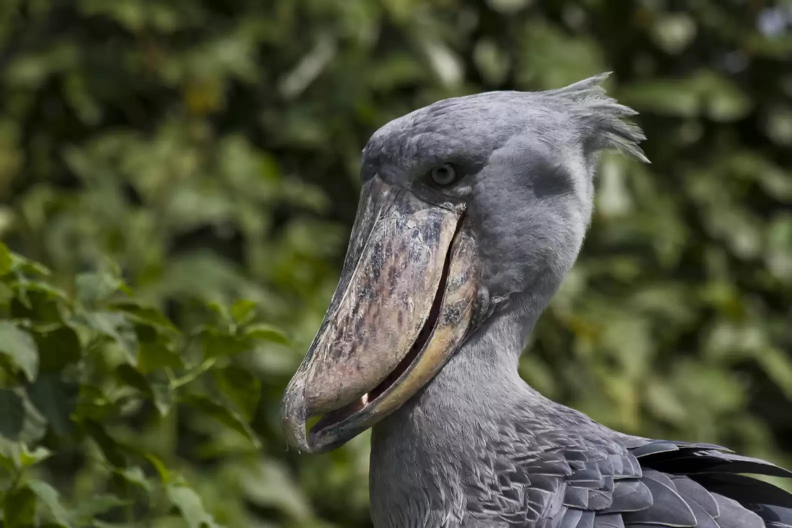
Their wingspan can reach over 8 feet, earning them the nickname “kings of the marshes.” It’s no wonder ancient Egyptians revered shoebills, featuring them in their artwork thousands of years ago.
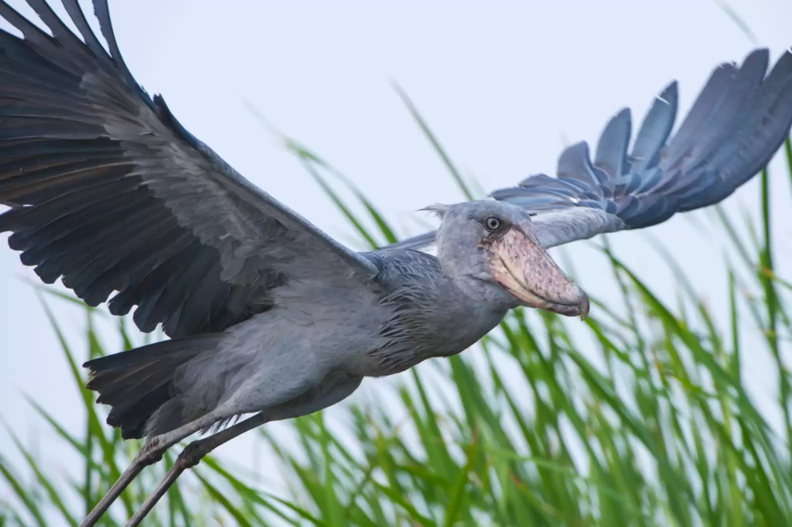
But today, shoebills face growing threats. Expanding farms and oil exploration are destroying their swamp habitats, and the illegal bird trade continues to put pressure on wild populations.
Because shoebills rarely breed successfully in captivity, poachers capture them from the wild to supply zoos and collectors — often at great cost to the birds, who suffer high mortality during transport.
“They are valuable birds, and the almost complete absence of breeding success in captivity maintains a constant pressure on the wild population for meeting trade demands,” researchers said in a recent conservation plan. “Shoebills are highly sensitive birds, and past exports have involved high mortality during capture, transit and captivity … Only two zoos have been known to produce chicks —two in 2008 and one in 2009. This means that captive populations are not self-sustained, and need to be replenished with wild birds if they are to be maintained.”
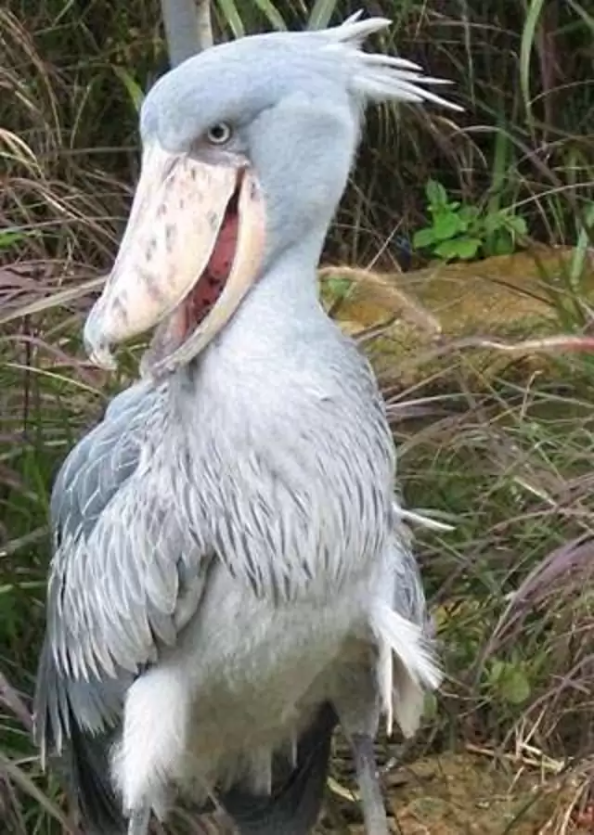
Thankfully, conservation efforts are growing. Around Mambamba Lake in Uganda, local residents have stepped up to protect shoebills, forming volunteer groups that monitor marshlands for poachers and work closely with law enforcement.
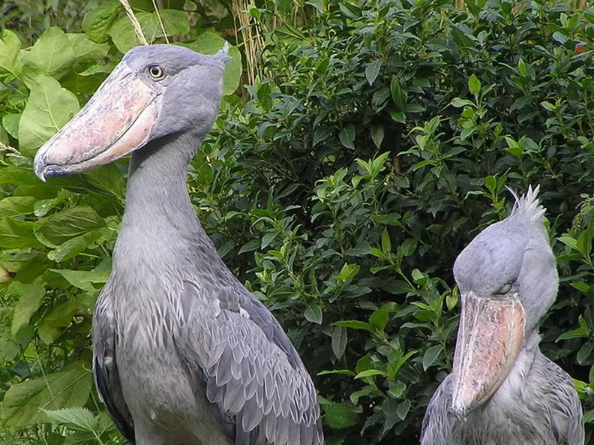
These same communities also guide eco-tours through the dense wetlands, giving visitors a rare chance to witness these extraordinary birds in the wild.
Shoebills may look like creatures from another world, but their survival depends on ours. Protecting their habitats and stopping illegal trade ensures that future generations can marvel at their strange, unforgettable presence.
If you’d like to help conserve shoebills, consider supporting organizations like BirdLife International, which works to protect endangered species and their habitats.

